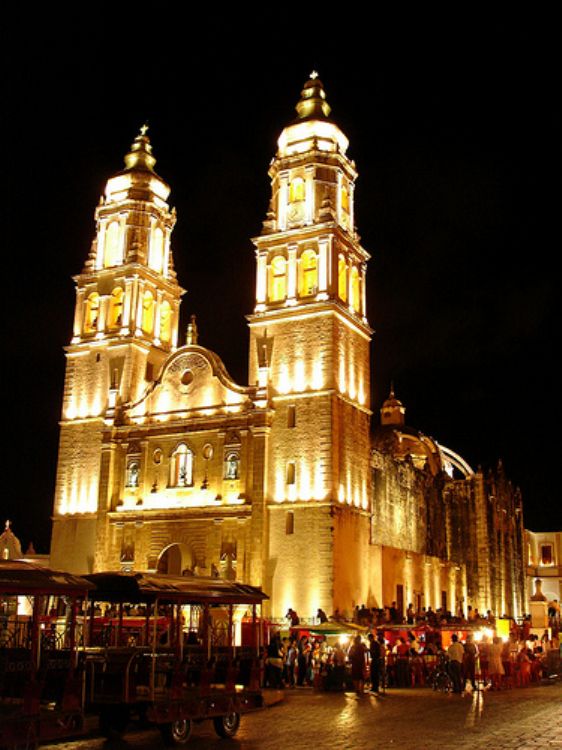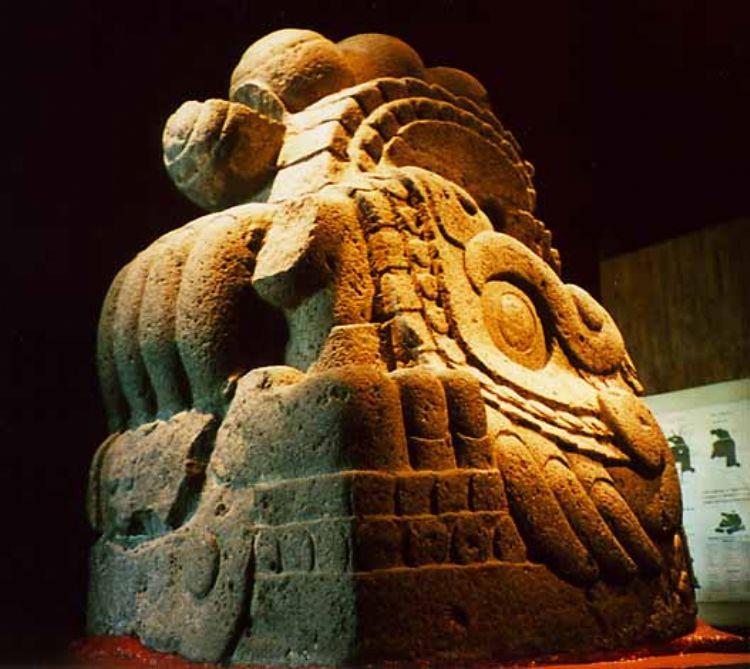
Sacred Cenotes of the Mayan World
The ceno...

Campeche is located in southeast Mexico and is part of the Yucatan Peninsula. It was home to the Maya culture together with the states of Chiapas, Tabasco, Yucatan, and Quintana Roo, and the Central American countries of Guatemala, Belize, El Salvador and Honduras.
The name Campeche has Maya origins, however its meaning has had different interpretations: the most accepted one is that Can means snake and Pech means tick, or ÃâSite of Ticks and SnakesÃâ; this matches the sculpture of a large snake with a tick on its head found within one of its temples.
The advanced cultural and scientific development of makes the Mayas one of the most important pre-Hispanic cultures in Latin America. Astronomy, architecture, hydraulic systems and mathematics are some of the areas in which they stood out. The Maya ruins that still stand in Campeche, such as Calakmul, Chicanna, Becan, Edzna, Xpujil, Hormiguero, Balamku, and El Tigre, among many, have contributed in the understanding of this highly developed society.
The Mayan society was controlled by the lordships of Acalan, Ah Kin Pech, Champoton and Ah Canu in 1517, when the Spaniards first landed in the coast of Campeche. The local leader Moch Couoh defeated the Spaniards many times. Once he died, and thanks to territorial conflicts among the indigenous groups, the Spaniards were able to take control and in 1540 gave the settlement the official name of Villa de San Francisco de Campeche to honor Francisco de Montejo, ÃâEl MozoÃâ.
The polytheist religion of the Maya civilization, which controlled every aspect of their lives, made the evangelization process of the Spaniards specially difficult to achieve in Mayan territory.
The new government readily took advantage of the geographical location of the port and this was soon reflected in a commercial boom. Salt; timber; and Palo de Tinta, timber from a tree called Tinta, were exported to foreign countries. This boom not only attracted the conquistadores, it attracted European pirates as well; during the XVII century Campeche was attacked repeatedly by them until 1704, when the fort, which includes 4 bulwarks and has an octagonal form, was completed. Any ship that wished to reach Campeche had to go through this fortress.
In 1821, at the end of the war for Independence, the new sovereign country was witness to political conflicts between liberals, conservatives, centralists and federalists. The indigenous rebellion known as the "War of Casts" began at this time in the Yucatan peninsula, included the states of Campeche, Yucatan and Quintana Roo. The Mayas rebelled against the Ãâwhite governmentÃâ to regain control of their land.
The peninsula was also one of the regions in the country that rejected the imposition of a federal government. And to top it all, Campeche and Yucatan had economic conflicts between them at the same time. It wasnÃât until May 3, 1858 that Campeche was formally separated from Yucatan. But it was only recognized as a sovereign region in 1863 by president Benito Juarez.
The state economy has been based on the exportation of timber and salt since the government of Porfirio Diaz. Corn and sugar cane are the main agricultural products. In 1975, the stateÃâs economy was impelled by the discovery of an oil bed off its coasts in the Gulf of Mexico

Sacred Cenotes of the Mayan World
The ceno...

The Mexica called themselves original from the mythologic...

SANTA ROSA XTAMPAK; Santa Rosa Xtampak, also called âRe...

The Coat of Arms, Flag and National Anthem are the most i...